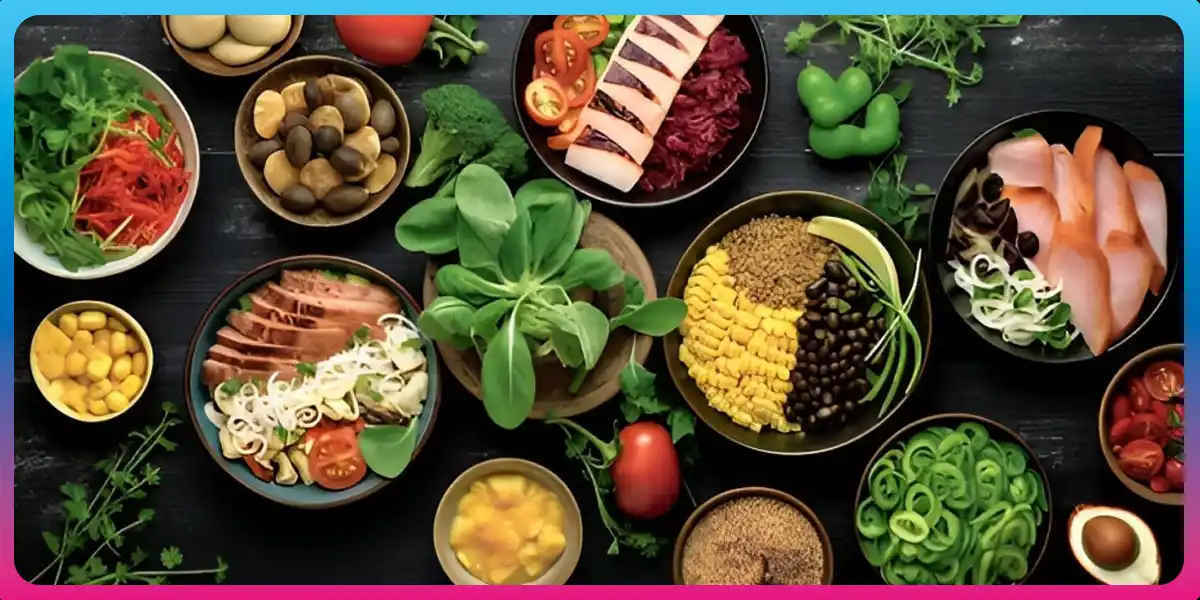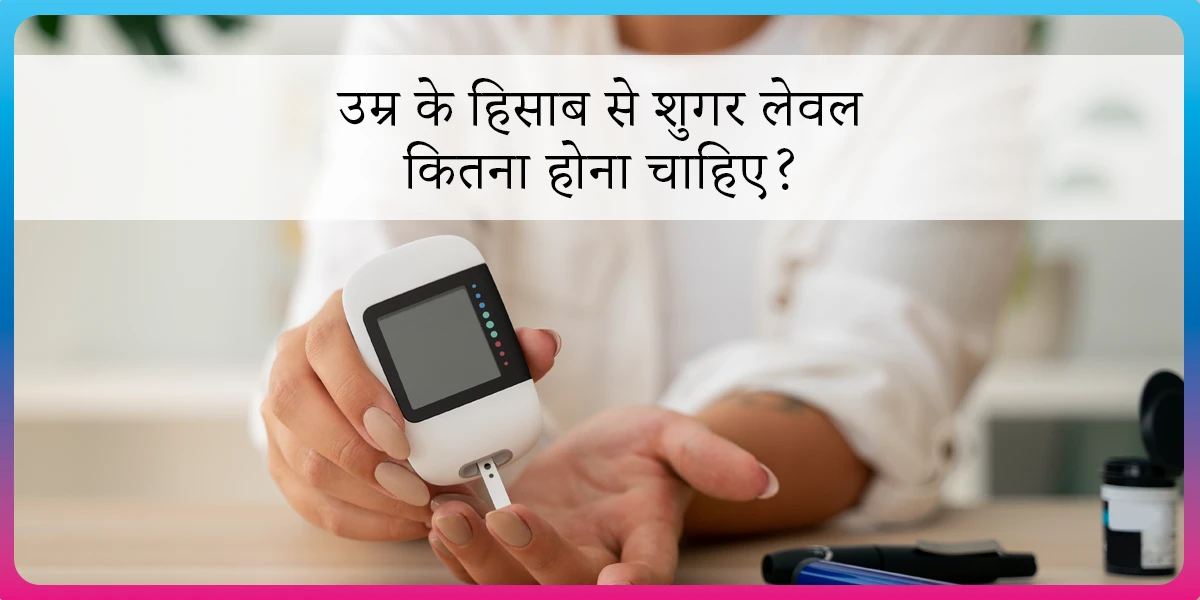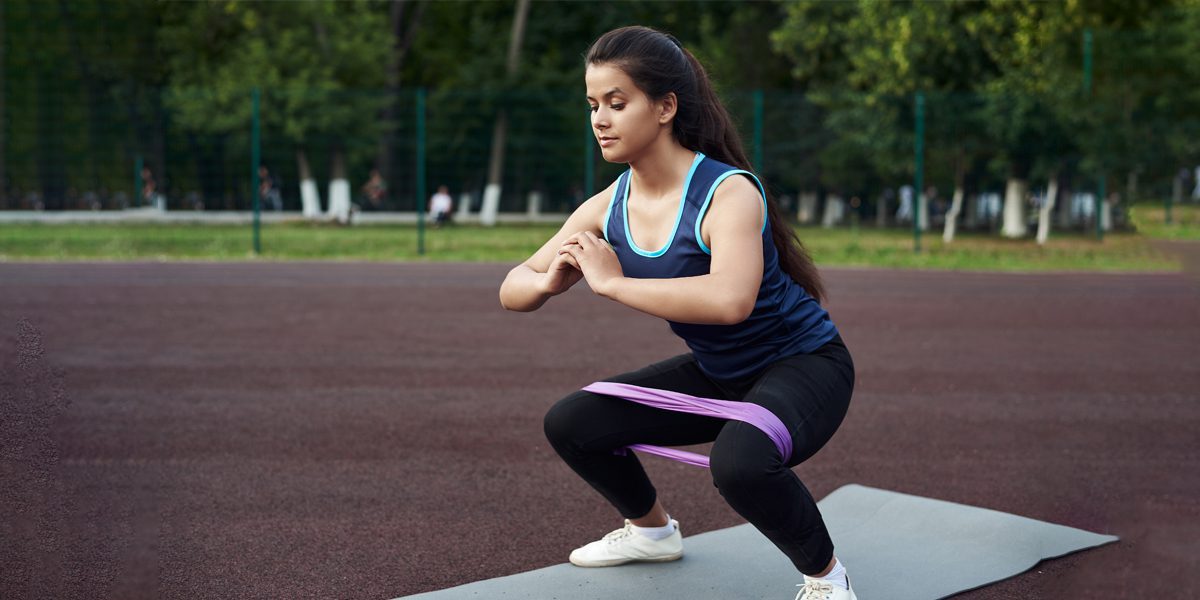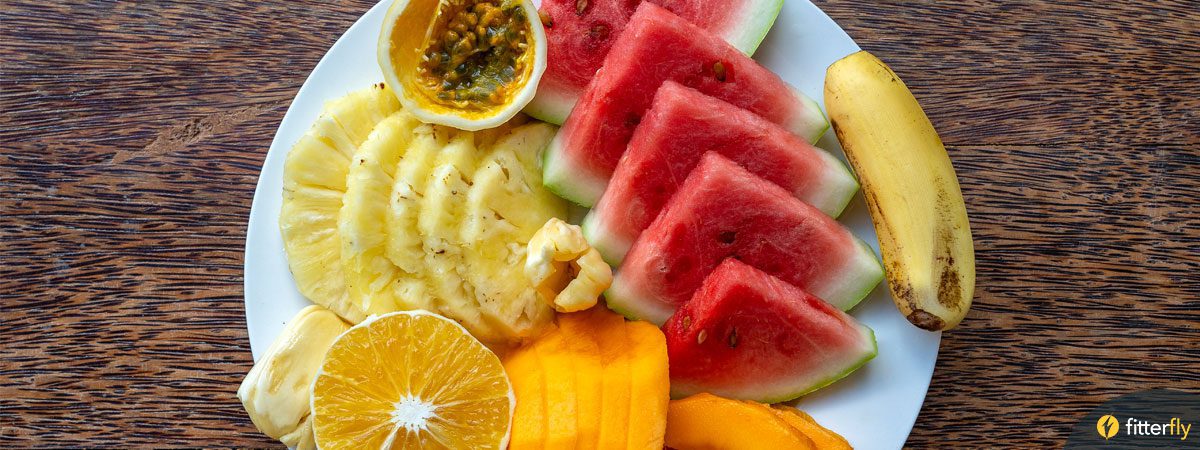Are You Missing Out on These 5 Low Fat Foods in Your Diet?

We try to make healthy food choices every day. A balanced meal is important throughout the day, from eating a plate of fruits to including proteins, carbohydrates, and good fats.
When it comes to healthy eating, many diet fads come and go. One such fad is consuming low-fat foods.
Before we delve deeper into the benefits of a low-fat diet, it is important to understand what they really are!
What are Low-Fat Foods?
Low-fat foods are products with a relatively low amount of fat content compared to their overall weight. The criteria for categorizing a food item as low-fat is based on the specific measurement of grams of fat per 100 grams of the product.
Generally, food is considered low-fat if it contains less than 3 grams of fat for every 100 grams of the product.
Are There Benefits of Low-Fat Foods?
Whether you are trying to lose weight or manage your blood sugar and cholesterol levels, it is important to understand that fats are essential to a balanced diet. Though low-fat foods are touted to cause weight loss, they are not the best way to go about it.
If you wish to lose weight, maintain optimum blood sugar and cholesterol levels, and keep your heart healthy, you must avoid unhealthy fats from fried and deep-fried foods.
Did you know low-fat foods can result in weight gain? Yes, it’s true!
Take, for example, idli for breakfast. If you think eating two idlis can keep you full for long, think again. Consuming low-fat foods like idlis have low satiety and can make you feel hungry.
This prompts you to overeat and binge on them. Thus, overeating low-fat foods can cause weight gain. Low-fat foods may result in excess carbohydrate consumption, contributing to weight gain.
For this reason, it is always recommended to use your dietician’s recommendation to achieve healthy weight loss.
What are Some Low-Fat Foods to Include in Your Diet?
While it is not recommended to consume a low-fat diet, it is helpful to include low-fat foods. Plant-based sources of food, like fruits, vegetables, whole grains, etc., contain lean proteins and lower fats than animal-based foods.
Here is a list of low-fat foods:
1. Fruits
They are low in fat, high in fibre and other nutrients like vitamins, minerals and antioxidants that make them good additions to your diet. However, since some fruits are high in calories and sugars, always consult your dietician if you are looking to shed weight or manage your blood sugar levels.
2. Vegetables
Most vegetables are low in fats, and these include cucumbers, lady’s fingers, zucchini, lettuce, cabbage, etc.
3. Whole Grains and Cereals
Whole grains and cereals are fibre-rich and contain several nutrients, including vitamins, minerals, and antioxidants. However, they are low in fat.
4. Lean Proteins
Animal-based protein sources are also rich in fats. If you wish to lose weight or manage blood sugar levels, include lean meats (chicken breast), non-oily fish (pomfret), and plant-based proteins (dals, sprouts) in your diet.
5. Dairy and Dairy Alternatives
Though dairy products are rich in fats, you can opt for low-fat dairy products.
Is your weight increasing your health riskHealthy Weight
Calculator
How to Read Nutrition Labels to Identify Low-Fat Options?
When you pick a product off the shelf at a supermarket, do you read the food label on it? The information printed on the food label indicates the various nutrients, calories and additives present in it.
You must always read a food label as it makes you aware of what you are consuming and how healthy it is.
If a food provides 100 calories and has 3 g or less of fat, it is considered low-fat food.
To understand if a food product is low-fat, look for the label’s ‘total fat’ component. You will get to know the type of fat (trans fat, saturated fat, omega-3, omega-6, etc) and its quantity in 100 g of the food item.
Cooking Tips for Low-Fat Meals
If you wish to cook low-fat meals, here are some healthy cooking tips you can use:
1. Cooking methods
Avoid frying of all kinds and use cooking methods that use minimal oil. Steaming, broiling, grilling and air frying are excellent cooking methods for low-fat meals.
2. Flavour without fat
Fat from animal sources like dairy offers an excellent flavour profile. However, prefer to use herbs and spices instead of animal fat to keep your meals low-fat.
3. Opt for low-fat dairy
Low-fat and non-fat dairy options like cream and yoghurt can be used instead of the regular variant that is fat-rich. Limit the amount of fat you consume.
Delicious Low-Fat Ideas
Here are a few tasty, low-fat recipes you can incorporate into your daily diet plan:
1. Breakfast: Dosa without oil, dhokla without tadka, muthiya without frying
2. Lunch and Dinner: Salads without fatty dressings, steamed vegetables, stir-fried vegetables prepared in an air-fryer
3. Snacks and Desserts: Kheer, shrikhand, custard, etc., prepared with low-fat milk, baked snacks
Are There Risks Associated with Completely Avoiding Fats in My Diet?
While most people are confident that avoiding fats is healthy, it really is not! Low-fat foods and diets have become popular, but most people do not realise the risks associated with them:
- Not eating the required amount of fats prompts you to eat excess carbohydrates. As a result of avoiding fats, you consume excess calories and sugars, increasing your risk for diabetes, heart attack, etc.
- Manufacturing companies replace the fat in low-fat products with refined carbohydrates, increasing the risk of metabolic disorders like diabetes.
- Diet rich in carbohydrates and low in unsaturated fats can impact blood lipid levels, increasing the risk for heart diseases.
FitterTake
Low-fat foods and a low-fat diet are quite popular among people who wish to lose weight and stay healthy. However, before consuming low-fat foods, understanding how fats are essential for you and the risks of a low-fat diet is important.
Whether you are looking to shed a few extra kilos, manage your blood cholesterol or blood sugar levels, or just want to stay healthy, you must consult your dietician before starting a low-fat diet.
Want to lose weight in the healthiest way possible? Sign up for Fitterfly’s Weight Management Program. To know more about the program, speak to us or contact us at 08068507599 today!
Lost 22 kg in just 3 months!


70kg
Happy members
EMI
Guarantee
4.8/5
Weight Loss Program
This blog provides general information for educational and informational purposes only and shouldn't be seen as professional advice.
Frequently Asked Questions
Are bananas good for a low-fat diet?
Bananas are highly versatile and easily available. Being rich in fibre, they keep you feeling full longer. Though high in calories, bananas are low in fat. This is because a majority of calories from a banana come from carbohydrates and not fat.
Is rice high in fat?
Rice is a whole grain available in several varieties worldwide. It is usually eaten boiled but can be puffed, fried, or added to dishes like dosa and idli. Rice is rich in carbohydrates but low in fat.
Are potatoes low-fat?
Potatoes contain less than 0.5 g of fat (According to IFCT 2017). This makes them low-fat. However, they are high in starch (carbohydrates), making them unsuitable for people looking to lose weight or manage their blood glucose levels.
What foods are filling but low in fat?
When eating a low-fat diet, you must include foods that are filling. This prevents the consumption of carbohydrates and high-calorie foods. Some foods that are low in fat but filling include: Oats, Low-fat curd (dahi), Sprouts, Egg,s Lean meat like chicken breast, Low-fat fish, Berries, Low-fat paneer
Why should I consider incorporating low-fat foods into my diet?
Low-fat foods can be incorporated into a daily diet, along with regular foods. Always consult your dietitian on how to do so before eating low-fat foods.




















